PCBX.com Resources
Your source for industry knowledge, news, and expert insights

Latest Posts
Article
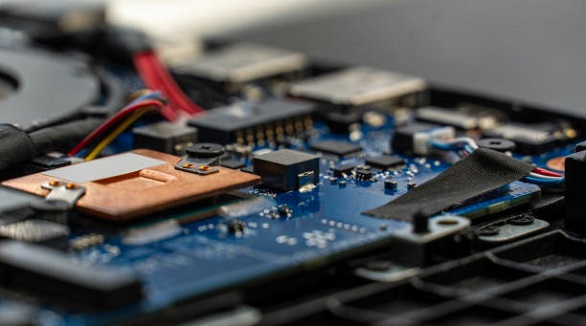
Cable assemblies are essential components that ensure reliable power and data transmission across diverse industries by integrating multiple cables into custom-engineered solutions.
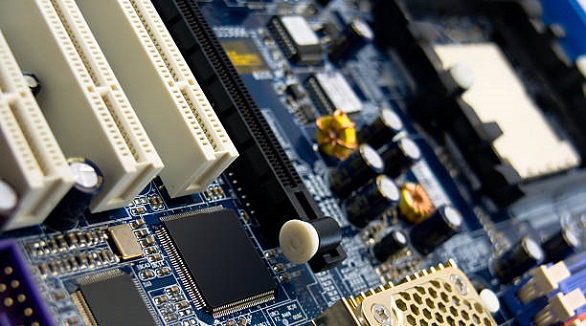
4-layer PCBs optimize space, performance, and cost, making them ideal for electronics requiring reliable and compact designs, such as in consumer electronics, telecom, and automotive.

PCB hot plates ensure precision in soldering for reliable electronic components, crucial for modern devices, enhancing efficiency through controlled heating.
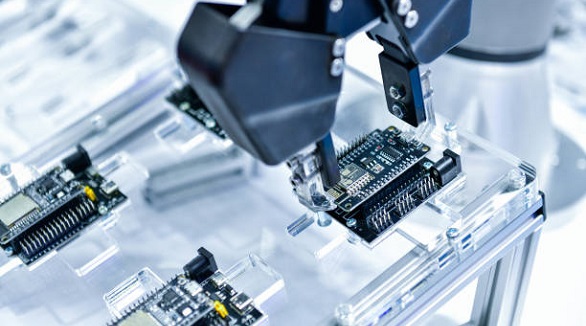
Automated PCB manufacturing enhances precision, reduces costs, and accelerates production, enabling efficient, high-quality mass production and customization, vital for industry advancement.
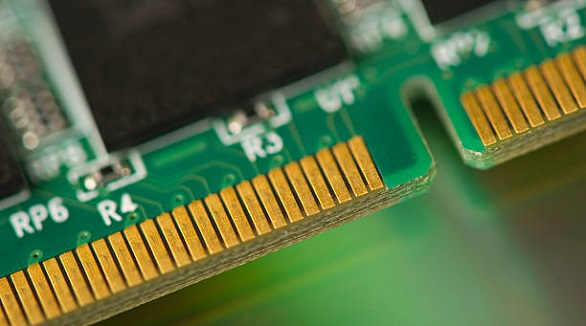
PCB edge plating enhances connectivity, mechanical strength, EMC, and thermal management, crucial for diverse sectors, with trends toward higher density and durability.
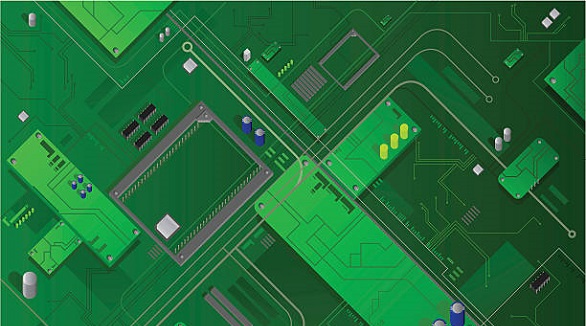
PCB panelization improves productivity, reduces costs, and facilitates automation by assembling several smaller PCBs into one large panel, ensuring uniformity.

PCB routing is crucial for transforming schematics into functional layouts by ensuring electrical connectivity, signal integrity, and manufacturability amidst evolving design challenges.

Understanding open circuits is essential for maintaining electrical system safety and efficiency, utilizing advanced diagnostics and AI/ML technologies for effective management.